Helminthiasis is a common disease. According to statistics, the infection of the population, depending on the residential area and social level, ranges from 20 to 80%. The percentage of infections is high especially in countries with tropical and subtropical climates. More than 280 types of parasites are known to be harmful to humans. The signs of helminthiasis vary depending on the location and type of parasite. Treatment regimens are developed individually for each clinical case.
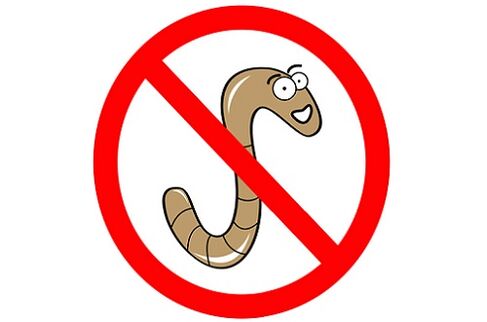
The main cause of aggression
Worms are parasites whose typical habitat is the human body. There are factors that trigger the infection. In most cases, helminthic diseases develop as a result of non -compliance with the norms and rules of personal hygiene. There are four main ways parasites penetrate the human body:
- Biohelminthiasis. Infection occurs when worm eggs and larvae enter the digestive tract as a result of eating foods that include raw, half -cooked, smoked, dried meat or fish.
- Contact helminthiasis. Infection is only possible through the transfer of parasite eggs from an infected person to a healthy one. This method of invasion is typical for cream worms.
- Geohelminthiasis. Penetration of parasites into the human body occurs when in contact with plants, soil, water from open natural reservoirs.
- When bitten by a blood -sucking insect. This method of encroachment is common in countries with tropical and subtropical climates.
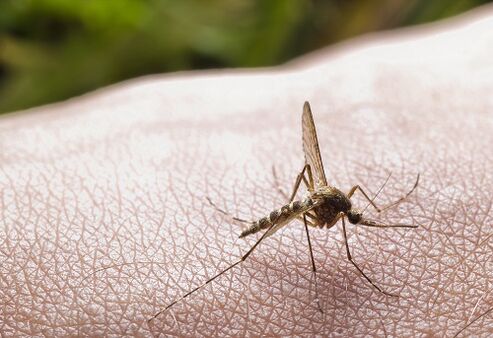
Important!Helminths in adults and children appear due to the use of low-quality food products and non-compliance with the norms and rules of personal hygiene. Exclusion of these factors is the best option for the prevention of helminthic invasion.
Clinical picture
The symptoms of the disease vary depending on the species of helminths, the degree of damage to organs and tissues, as well as on the individual characteristics of the infected person. The common and most common symptoms of helminthiasis in children and adults are weight loss, provided that the previous diet is maintained, itching in the anal folds, various manifestations of allergies, decreased immunity, and deterioration in general well-being.
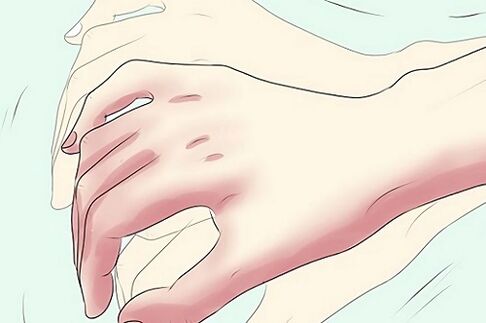
Symptoms of parasitic infestation are divided into several different subgroups:
- Disorders of the central nervous system. Regardless of the place of localization, helminths cause symptoms caused by poisoning of the body with toxic substances and decay products released during the life of the parasite. Such symptoms include sleep disturbances, irritability, tearing, depression, limb tremors.
- Digestive disorders. There is nausea, vomiting, loss of appetite, diarrhea and constipation alternating systematically, local pain in the middle of the abdomen, bloating.
- Allergic reactions and decreased immune system. Such symptoms are characteristic of the early stages of helminthic invasion and are the result of poisoning with toxins and parasitic wastes.

Worms cause symptoms in a person, treatment of which requires an individual approach. These include skin lesions, ulcers, purulent abscesses, and so on.
Diagnostics
The diagnosis of helminthiasis is based on a thorough study of the patient’s history, identification of predisposition to infection, as well as laboratory tests. Most used:
- Study of feces, contents of duodenum, abrasions obtained from anal folds. Fecal analysis allows you to identify dead and living eggs, larvae, parasites. Diagnostics of helminths, carried out under laboratory conditions, are only effective if at least four to six weeks have elapsed since the moment of infection.
- Surveys through serological methods, including enzyme immunoassay, PCR, RSK and others. Blood tests for any helminthiasis are one of the most effective. Before conducting a hemolymph study to detect parasites and eggs in human blood, it is recommended that you first familiarize yourself with the rules for taking the test.
- To detect parasites, their typical habitat is liver tissue, gallbladder, skin, ultrasound and X-rays are used.
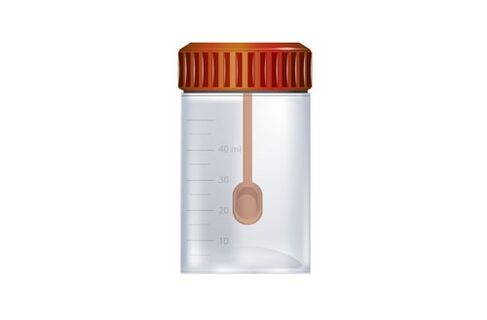
To get the most accurate results, it is recommended to follow all the rules for taking the test prescribed by your doctor. In addition, at the end of the course of medical therapy, it is recommended to pass repeated tests to exclude recurrence of helminthiasis.
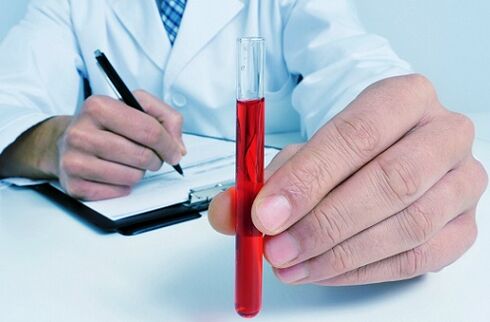
Drug treatment
Helminthiasis therapy requires an integrated approach. In addition, concepts such as symptoms and treatment are closely related, depending on the clinical signs of the disease, the appropriate method of therapy selected, actions aimed at eliminating discomfort and improving the well-being of the patient.
Treatment of helminthic invasion includes three main stages: preparation, direct drug therapy and rehabilitation. It is also important to eliminate the obvious signs of helminth infection, a manifestation of which can cause discomfort to the patient. During the preparation period, it is recommended to follow a strict diet based on the use of only natural products, steamed or baked, as well as taking drugs that improve digestion.
Therapy regimens are arranged individually. The final stage of treatment is the recovery of the patient's body. For this, used drugs that have immunomodulatory effects, as well as drugs and biologically active additives that restore the microflora of the digestive system.
People's method
In the fight against helminthiasis, natural homemade products with antiparasitic properties help. They should be used only after the advice of a doctor. In addition, homemade medicine is not a cure for worms; it should be used as part of a complex therapy.
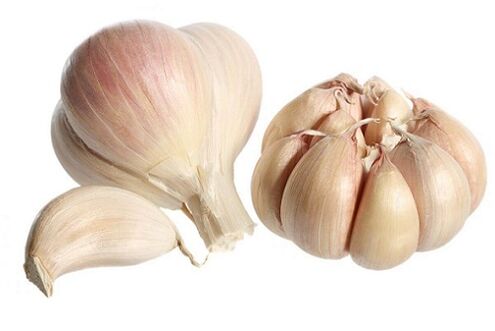
Some of the most effective and safe recipes include:
- Pumpkin seeds. To get positive results, you need to eat at least one glass of raw seeds every day throughout the week. For children, the dose can be reduced by half.
- Garlic enema. To prepare the solution, boil a large piece of garlic in a glass of natural cow’s milk for ten minutes. Then remove the root vegetables, cool the resulting infusion to a comfortable temperature, and then use it as directed. It is advisable to carry out such a procedure in combination with taking medication.
- Fresh garlic, onions and sauerkraut juice. If there are no contraindications, it is recommended to use this product every day. This will help remove the worms and prevent re -infection.
- Frugal diets also belong to the folk method. It is recommended to change the diet significantly, limiting it only to vegetables and fruits, which can be eaten both fresh and after heat treatment. You should adhere to such a diet for at least ten days. In addition, this diet is very beneficial to improve and normalize the function of the digestive tract.
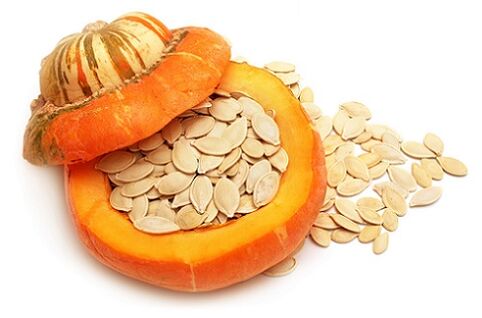
Important!The above traditional medical methods can also be used for children.
How to prevent infection
Parasite prevention is a must. Among the basic rules and regulations:
- It is not recommended to eat foods prepared from raw, dried or lightly salted meat or fish.
- Wash until clean, then boil fruits, herbs and vegetables with boiling water.
- Carry out preventive deworming of domestic animals, which may be a source of direct infection.
- Wash your hands regularly and take precautions while gardening.
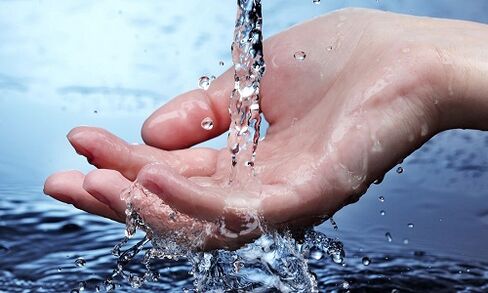
In addition, you should see a doctor regularly for tests to identify parasites. You should undergo a preventive checkup at least once a year. This rule applies to children attending preschool institutions. It is easier to cure a helminthic attack in the early stages of infection.



























